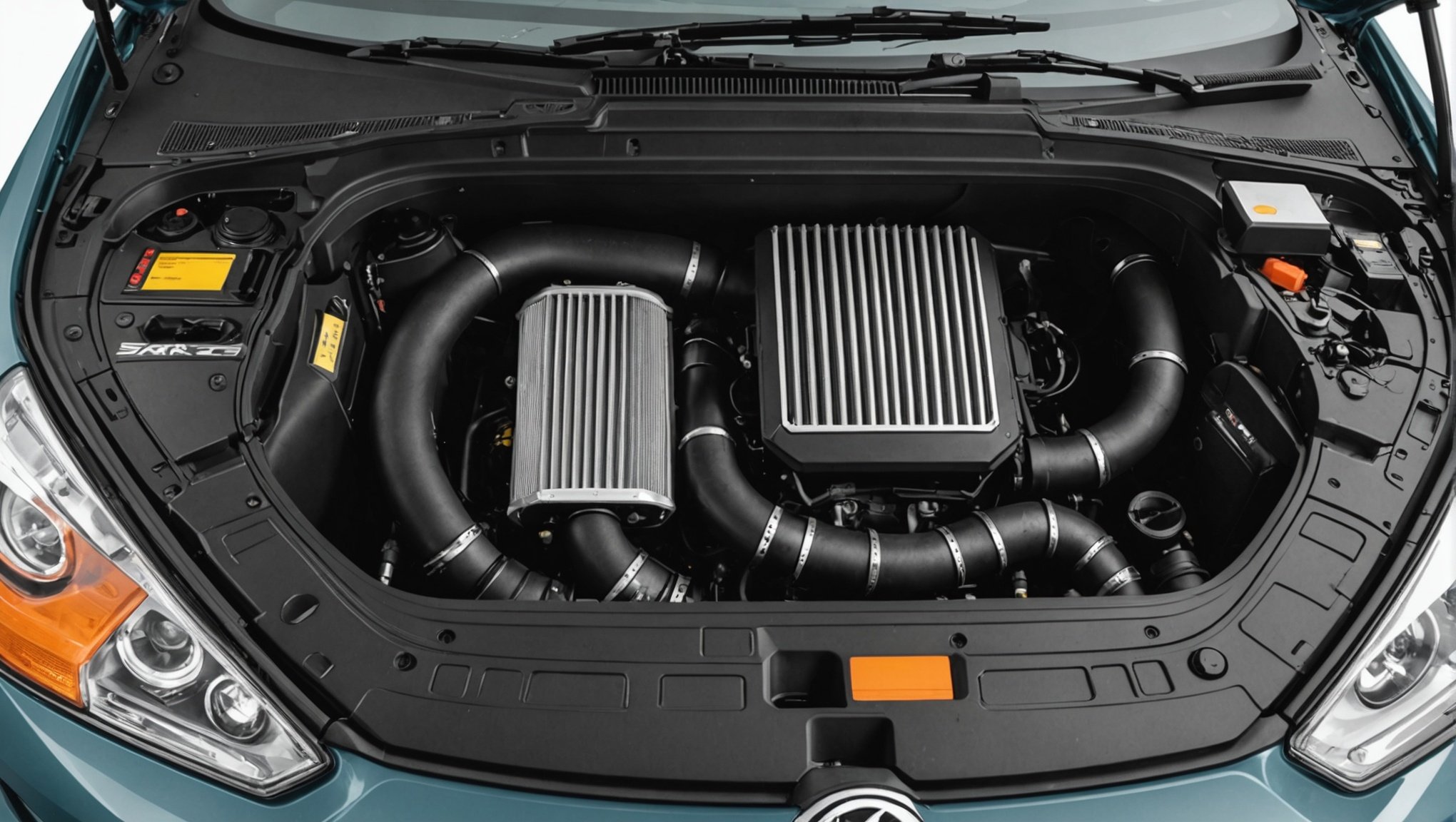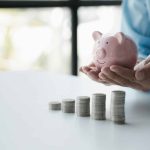Maximizing your family hatchback's air intake system can lead to improved performance and efficiency. Understanding how the intake works and enhancing its effectiveness benefits both your vehicle’s power and fuel economy. This guide reveals practical strategies tailored for UK drivers, helping you unlock your hatchback's potential while enjoying a smoother ride. Whether you're a seasoned car enthusiast or a casual driver, these insights promise to enhance your driving experience. Get ready to rev up your engine’s efficiency!
Understanding Air Intake Systems
Air intake systems play a crucial role in determining an engine's performance by regulating the vehicle airflow. They are responsible for directing air into the engine, where it mixes with fuel for combustion. An efficient air intake system ensures that the engine receives the optimal amount of air, which is vital for achieving peak performance in any vehicle, including a family hatchback.
Have you seen this : Essential Tips to Avoid Transmission Overheating in British High-Performance Racing Cars
Air intake efficiency is particularly important for family hatchbacks, which are designed to balance performance with practicality. These vehicles require a system that can provide sufficient airflow to maintain engine power while ensuring fuel efficiency. Without efficient airflow, a hatchback's engine may struggle to perform optimally, leading to increased fuel consumption and reduced power output.
Factory air intake systems often face common issues that can hinder their performance. These may include restrictive designs that limit airflow, leading to decreased efficiency. Additionally, over time, dirt and debris can accumulate, further obstructing the airflow. Addressing these issues by upgrading or maintaining the air intake system can significantly enhance a family hatchback's performance, ensuring a smoother and more efficient driving experience.
In the same genre : How can you maximize the resale value of your British-made car?
Practical Strategies for Enhancing Air Intake Efficiency
To achieve optimal air intake efficiency, several practical strategies can be implemented. These strategies not only improve the vehicle's performance but also ensure better fuel economy.
Upgrading Air Filters
One effective method is upgrading air filters. High-flow air filters are designed to allow more air into the engine, enhancing combustion efficiency. They are constructed from superior materials that provide better filtration and airflow compared to standard filters. This upgrade can lead to noticeable improvements in engine power and responsiveness.
Cleaning the Air Intake System
Regular cleaning of the air intake system is essential. Over time, dirt and debris can accumulate, obstructing airflow and reducing efficiency. Recommended methods include using specialised cleaning agents and tools to remove buildup without damaging components. A clean system ensures that the engine receives the necessary air volume for optimal performance.
Aftermarket Performance Parts
For those seeking further enhancements, investing in aftermarket performance parts is an option. These parts, such as performance intakes and air ducts, are designed to maximise airflow and improve engine output. Popular modifications include installing cold air intakes, which draw cooler air from outside the engine bay, increasing power by providing denser air for combustion.
Performance Metrics and Benefits of Improved Air Intake
Enhancing the air intake system in a vehicle can lead to significant improvements in fuel economy. By allowing more air to flow into the engine, the combustion process becomes more efficient, resulting in better fuel utilisation. This means that, over time, drivers can expect reduced fuel consumption, which is particularly beneficial for family hatchbacks where cost-effectiveness is a priority.
Moreover, improved air intake systems have a direct impact on engine responsiveness. A more efficient system ensures that the engine receives the necessary air volume promptly, leading to quicker throttle response and smoother power delivery. This enhancement can make a noticeable difference in driving dynamics, providing a more enjoyable and responsive driving experience.
When considering upgrades to the air intake system, it's essential to factor in vehicle maintenance. Regular maintenance ensures that the system continues to perform optimally. This includes checking for blockages, ensuring seals are intact, and replacing worn components as needed. Proper maintenance not only prolongs the life of the air intake system but also safeguards the engine from potential damage, ensuring longevity and reliability.
UK Legislation and Regulations Impacting Air Intake Modifications
Understanding the UK vehicle regulations is crucial for anyone considering modifications to their vehicle's air intake system. The UK's regulations are designed to ensure that all vehicles on the road are safe and environmentally friendly.
Overview of Relevant UK Vehicle Modification Regulations
In the UK, vehicle modifications, including changes to the air intake system, must comply with specific laws. These laws ensure that any alterations do not compromise vehicle safety or increase emissions beyond acceptable levels. The Vehicle Certification Agency (VCA) provides guidelines and approvals for modifications to ensure compliance.
Emissions Standards Applicable to Air Intake Systems
The UK has strict emissions standards that apply to all vehicles. Modifying an air intake system can affect a vehicle's emissions profile, potentially leading to non-compliance with these standards. It's essential to ensure that any modifications do not increase emissions, which could lead to fines or the vehicle being deemed unroadworthy.
Legal Considerations for Aftermarket Upgrades
When considering aftermarket upgrades, such as high-performance air intakes, it's vital to ensure they are approved for use within the UK. The upgrades must not only enhance performance but also adhere to the existing laws and emissions standards. Always check for compatibility with UK regulations before proceeding.
Case Studies and Real-World Examples
Exploring user experiences with air intake modifications in family hatchbacks reveals significant performance enhancements. Enthusiasts often share testimonials highlighting the benefits of these modifications. One user reported a noticeable increase in engine responsiveness and a smoother driving experience after installing a high-flow air filter in their hatchback. This modification allowed for better combustion, resulting in improved fuel efficiency.
Successful Modifications
Several performance modifications have proven successful in enhancing family hatchbacks. For instance, upgrading to a cold air intake system has been shown to increase horsepower by drawing cooler, denser air into the engine. This change can lead to a more efficient combustion process and improved overall performance.
Performance Metrics
Analysis of performance metrics before and after modifications provides valuable insights. In one case, a hatchback's fuel consumption decreased by approximately 10% following an air intake upgrade. Additionally, throttle response times improved, making the vehicle more agile in urban driving conditions. These real-world examples underscore the potential benefits of air intake modifications, offering practical solutions for drivers seeking enhanced performance and efficiency in their family hatchbacks.

















